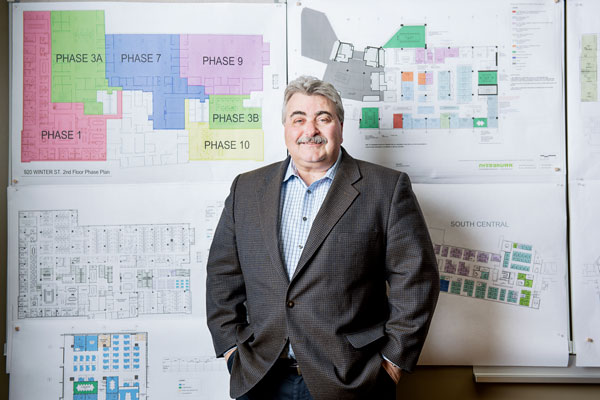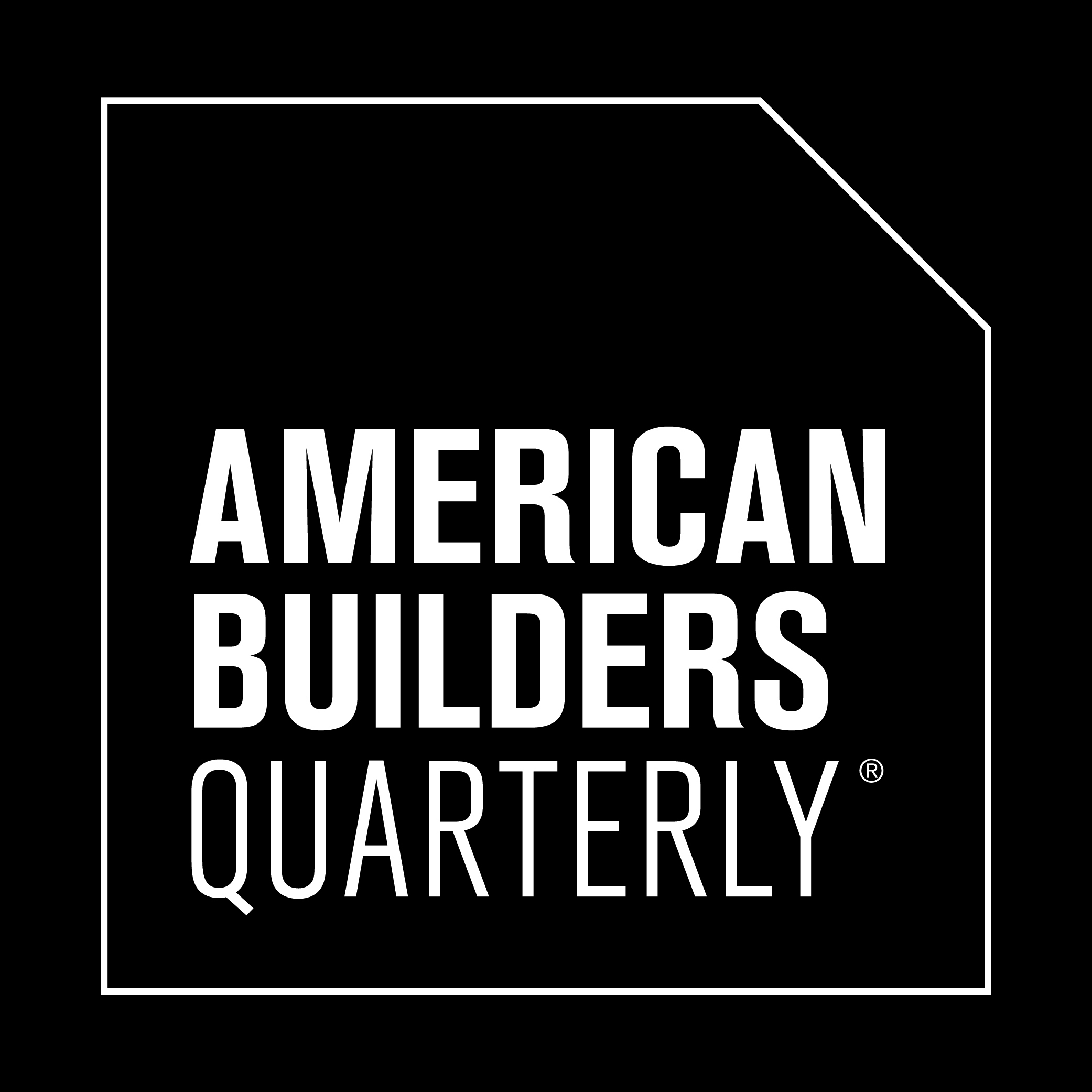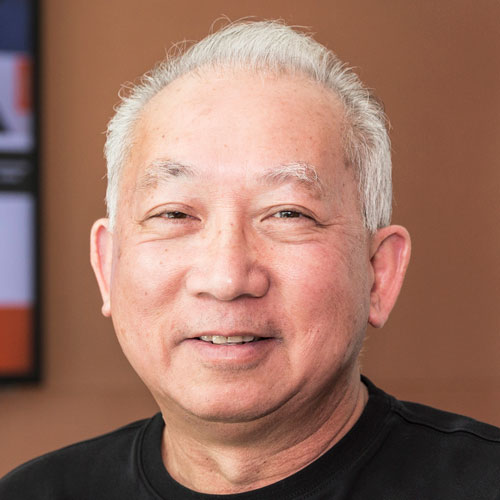When asked to define what it means to work in real estate, John Gioioso, senior director of corporate building operations and real estate for Fresenius Medical Care North America (FMCNA), says, “I can give you the textbook definition: a structure that serves occupants within state and local safety codes.” He is quick to add that that definition excludes the most important element of real estate. “Everyone thinks real estate is about brick and mortar, but what is important is the people in it,” Gioioso says.
In his 20-year tenure with FMCNA, Gioioso has been combining theory with practical lessons learned in order to manage the company’s North American facilities. As the global leader in high-quality care for chronic renal condition patients, FMCNA is a fully vertically integrated company that houses pharmacy, laboratory, and clinical services, product development, manufacturing, marketing, and distribution. This means lots of real estate.
In managing facilities, Gioioso makes impressive things happen. Heading a 35-person team, Gioioso’s responsibilities include design development, construction, furniture and fixtures, procurement, and facilities management for around 50 buildings. He and his team conduct capitol projects along with ongoing strategic focus on FMCNA’s real estate portfolio.
Doing this work well means maintaining a delicate balance, and Gioioso is trained to keep his eye on several moving elements. He creates and maintains spaces to satisfy individual workers while ensuring that the company’s image and goals drive development. In addition, projects must be completed on time and within budget. There are, it turns out, lots of people to make happy when you do real estate right.
Gioioso can certainly claim to do it right. After working on the clinic design side of the company, he leveled up to corporate and manufacturing. “The clinics are more standardized,” he says. They are sped to market and people’s needs—patients and providers—don’t change much. “Corporate and manufacturing are more unique, bigger in scope, and no two are alike,” Gioioso says.

In 2017, FMCNA completed a massive transition at its corporate headquarters in Waltham and Lexington, Massachusetts. The redesign added more collaborative, open spaces and led to an overall 28 percent reduction in square footage—without displacing workers.
Gioioso just started a similar project at FMCNA’s corporate spaces in Nashville, slated for completion in 2019. Many would be nervous about undertaking such a project, but Gioioso is excited and confident. He has a plan and a process, one he is happy to talk about.
Along with his work at FMCNA, Gioioso is an adjunct faculty member at Boston University, where he founded the school’s real estate facility certificate-management program. The following is a brief master class outline for those who can’t get on his roster.
Understand the individual
“Communication is key,” Gioioso says. He uses a 125-step project-delivery model, a scientific approach to completing real estate projects. Communication with the workers who use the space is central to the process. He begins with a project questionnaire to grasp what will make people comfortable and, in the long term, lead to growth. “We need to understand things like adjacencies needs in their space: where the lab should be—that kind of thing,” Gioioso says.
Understand collaboration
“The people in the space have to understand the process,” Gioioso says. Top-down focus on individual needs is not enough. Buy-in, he insists, is crucial to long-term success and, in the end, more efficient. “If you steamroll people, you might have short-term gains, but in the end productivity will be down,” Gioioso explains.
Understand the company’s core business
“You have to understand the culture of the company,” Gioioso says. Beyond that, you must keep the company’s main goals at the center of your work. “Is it medical?” Gioioso asks. “Then focus on patient care. Is it a bank? Okay, security. Academic? Learning environments and good housing.”
Understand how to be objective
“You have got to take your emotions out to the situation,” Gioioso says. “Remember, in real estate, we are the stewards of the companies.” That means being an educator and guide for both the company and its employees. “Take your emotions out of the situation,” Gioioso says. “Do your due diligence, analyze data, offer options, and provide a recommendation. Then draw back and see how to help the company as a whole.”
Understand the budget
“We want a safe place for our employees, and we need it at market rate,” Gioioso says. He emphasizes the importance of remembering that, for most companies, after HR, real estate is the most costly line item. So, while working on making people comfortable and productive, never remove focus from the budget.
Understand your process
“Scheduling to meet user requests is critical,” Gioioso says. This means understanding the process so well you can sift it to make the work work. Gioioso has at least a 24-month lead on the completion of any project. He is looking years away at lease renewals. “Leverage is king,” he says. Without a process, a plan, and efficiency, you do not have leverage.
The take-home lesson
While most structures are made of steel and frames, windows and doors, and while they are not that different from each other, a focus on the details of their purpose and design is the key to good real estate management. “I have dedicated my life to the real estate industry,” Gioioso says. And it shows in his clear, scientific vision for how to turn FMCNA’s real estate into productive space for the people in it.
Photos: Webb Chappell


